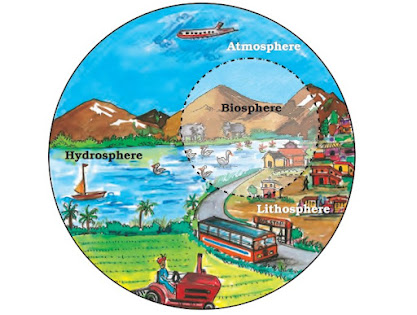Every Drop is Precious
Water is the precious gift of God on the earth. Life exists on the earth because of the availability of water. Itself being tasteless, odourless and colorless, it adds taste, color and in the life of living beings on the earth. It is found everywhere and known as lifeline. It takes nothing from us but gives life to us. It has no shape but takes the shape of the container we store it in. We find it everywhere in rivers, seas, tanks, wells, ponds, etc. but we lack clean drinking water. Three-fourth part of the earth is full of water however we need to conserve water as there is very less percentage of clean water. Without water, life is not possible on the earth. All living beings like humans, animals, plants, etc. need water to grow, develop and live. Water is the only source of all life here. We need water in all walks of life from morning till night like drinking, cooking, bathing, washing clothes, watering plants, etc. People working in different fields need water for dif...

